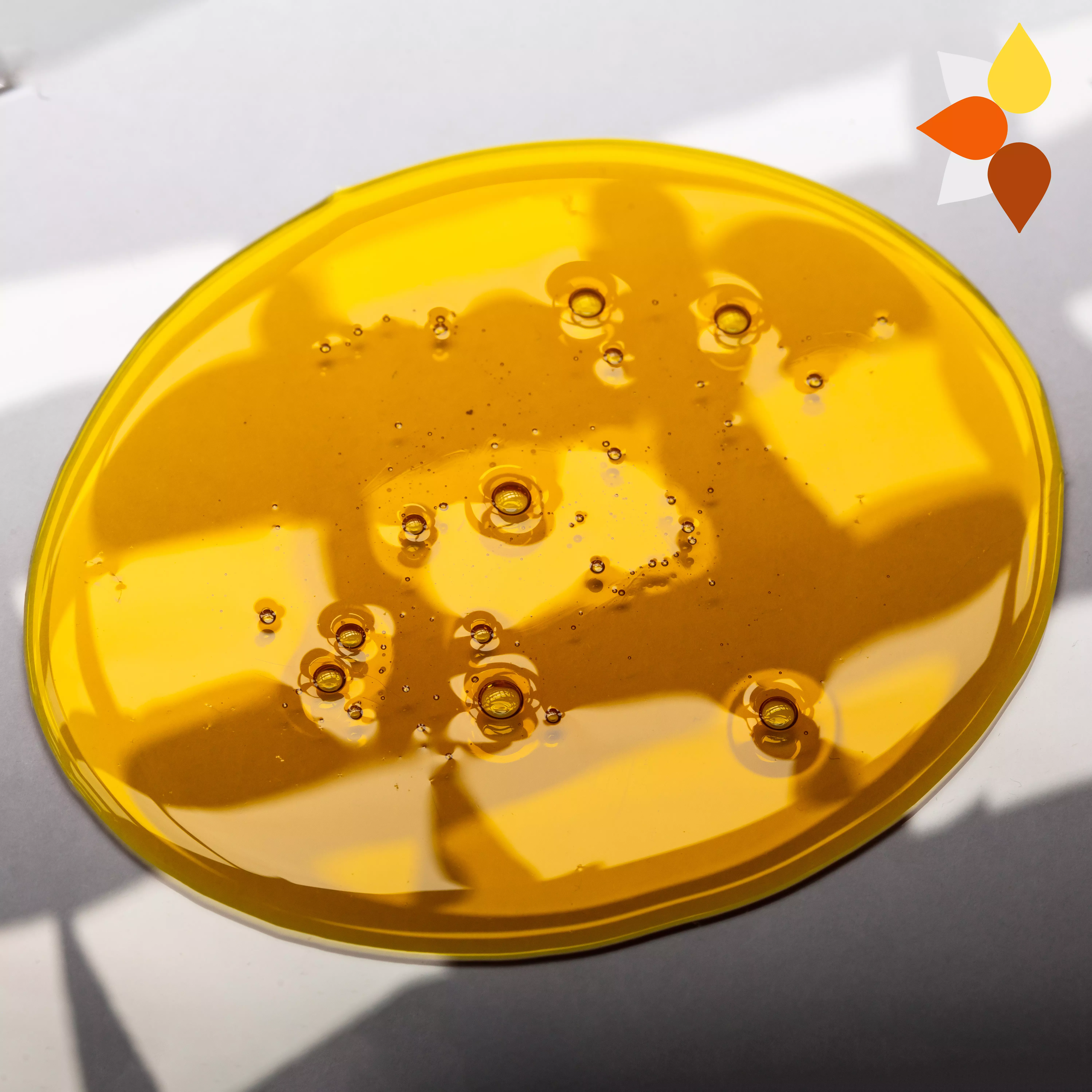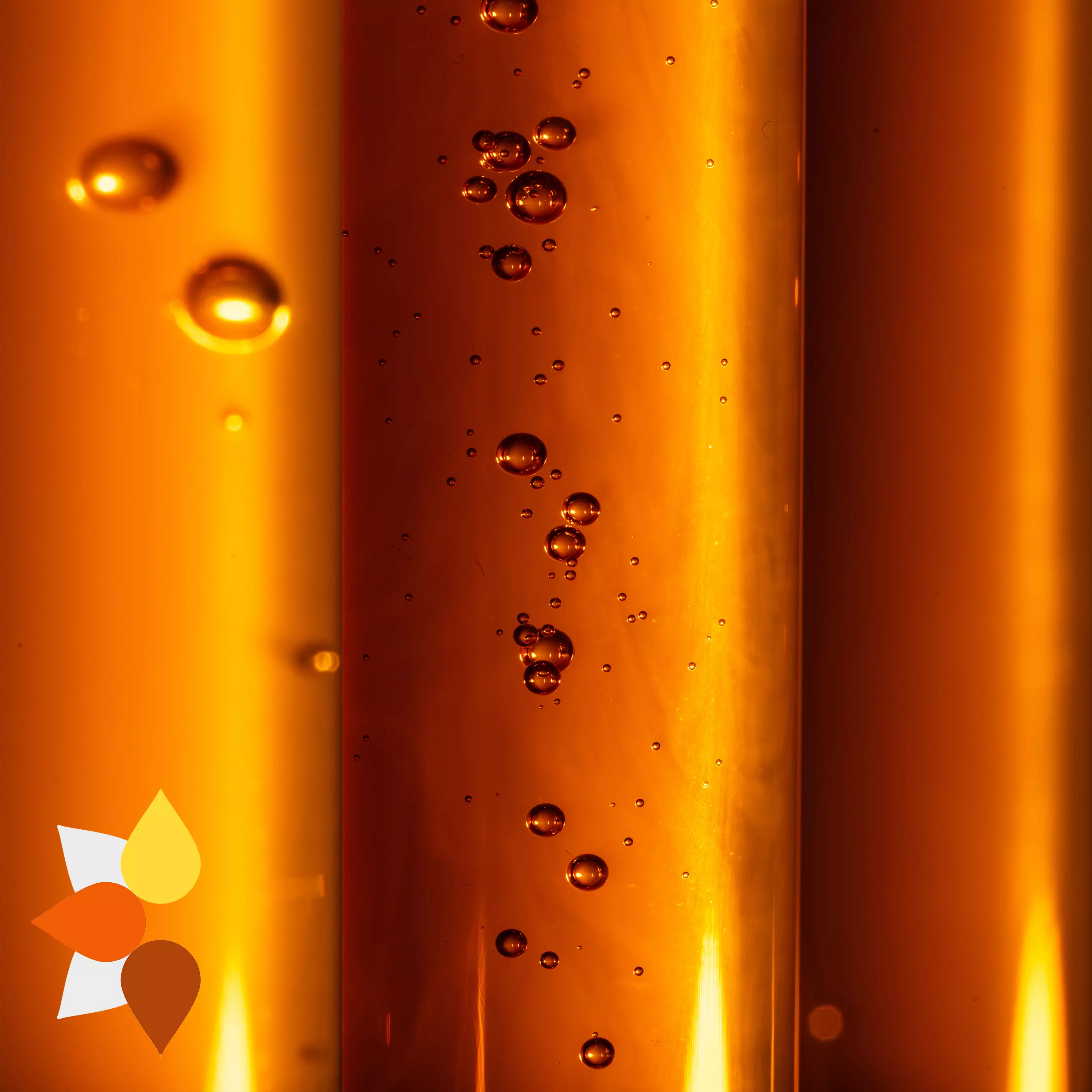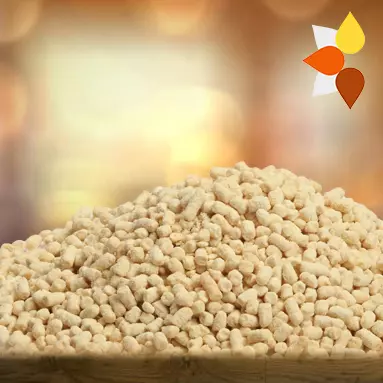Catalogue
Phospholipid Fractions

From the point of view of science, lecithin is a mixture of different phospholipids, where phosphatidylcholine is the dominant fraction. The highest content of phospholipids was observed in the liver and brain. They are also present in nerve cells. Lecithin is the main structural component of all cell membranes, provides cell homeostasis, and participates in all energy and metabolic reactions. Since phospholipids are the main structural component of all cell membranes, numerous cell functions directly depend on them. Being the main elements of the structure of cell membranes, phospholipids are a serious factor affecting the metabolism of the cell and its structure, and as a result - on the overall state of its health and human health. Phospholipids play a crucial role and are directly involved in many metabolic processes, including the algorithms of the central nervous system, blood clotting, natural transport and absorption of fat.
Biological effects of phospholipids:
• main nutrition of the entire nervous system (part of the membranes of nerve fibers)
• most important building material for the brain (increase mental activity, improve memory)
• reduce the level of cholesterol and the concentration of fatty acids in the blood, help to clear cholesterol plaques from the walls of blood vessels
• improve liver and kidney function, prevent the formation of gallstones
• help the absorption of fat-soluble vitamins A, D, E and K
• promote proper blood clotting
• support the health of the nervous system
• form clusters that transport vitamins, nutrients, and fat-containing molecules throughout the body
The most common phospholipids are:
• phosphatidylcholine – choline is present in the functional group
• phosphatidyserine – serine is present in the functional group
• phosphatidylethanolamine – contains ethanolamine
• phosphatidylinositol – contains inositol
• phosphatidic acid – does not contain a functional group
Meanwhile, different phospholipids do not play the same role. The fact is that different organs and tissues (cell membranes) contain different types of phospholipids.
The importance of phosphatidylcholine:
• Protection from atherosclerosis-lowering cholesterol
• Protection of the heart in case of heart failure
• Protection of the liver in case of viral infections and alcohol consumption
The importance of phosphatidylserine:
A particular role plays PhosphatidylSerine for nerve cells communication. PhosphatidylSerine stimulates the release of neurotransmitters. Neurotransmitters are messenger substances from nerve to nerve.
• acetylcholine for clear thinking
• noradrenalin as an antagonist of adrenaline
• dopamine for a more effective hormone regulation
• serotonin known as a well-being hormone
The neurotransmitters are assembled in small vesicles at the nerve ends. Their release may be retarded by a wide variety of factors such as stress, overstrain, age etc. PhosphatidylSerine restores the flow. If our diet does not contain sufficient PhosphatidylSerine, the effect is rather like a car with the ignition not working properly. Although there is enough fuel available (in the brain = acetylcholine), there is no spark and the neurotransmitters are not sent on their way from one nerve end to another. The message gets lost on the way. Especially in old age (and this begins in our brain far earlier than we notice), we need more PhosphatidylSerine to ensure a stronger “spark”). PhosphatidylSerine is located primarily on the inside of the cell. Here PhosphatidylSerine acts as an organizer for the transport proteins and enzymes of the cell membrane. The cell needs these in order to be active, carry on communication, and convey substances from outside to inside and vice versa.
• Improved memory and cognitive function, reduced stress response
• Improved vision
• Help with dermatitis and arthritis
The importance of phosphatidic acid:
• Stress management (in combination with phosphatidylserine)
• Improve hair growth in alopecia
• Increase in muscle mass

















